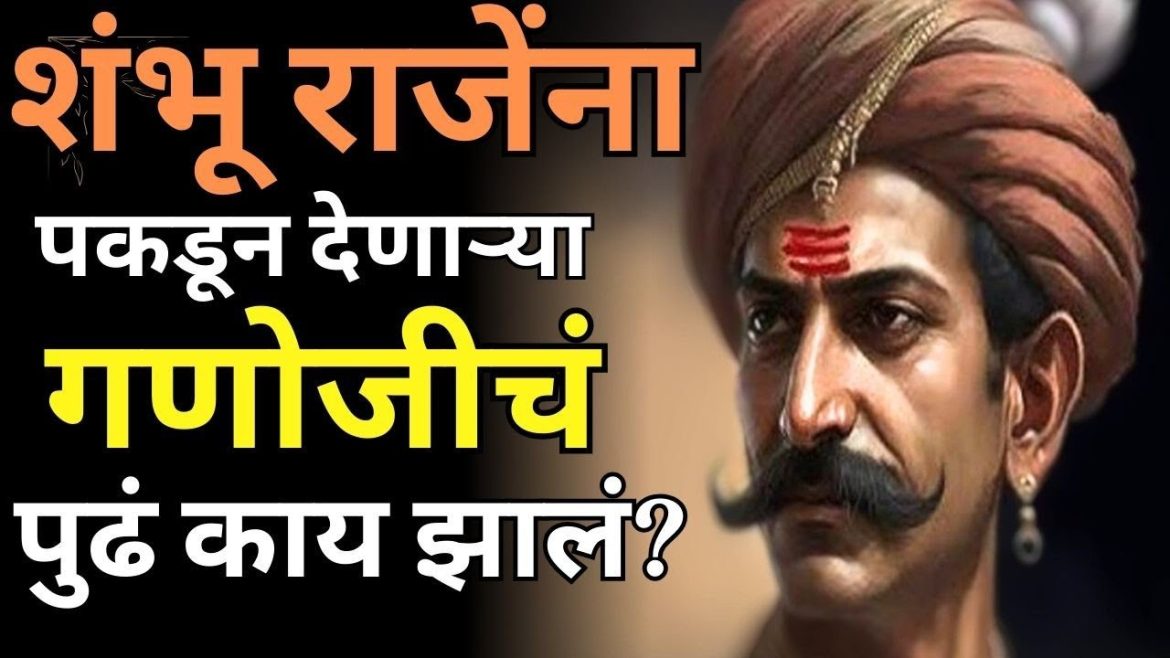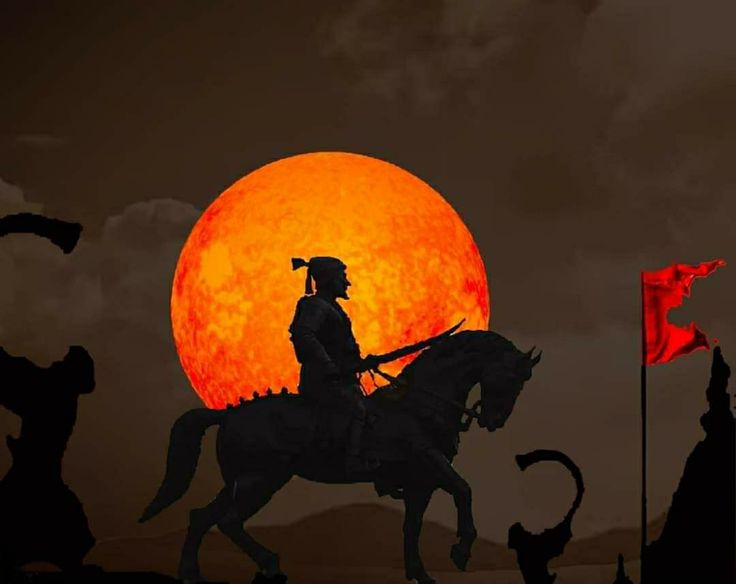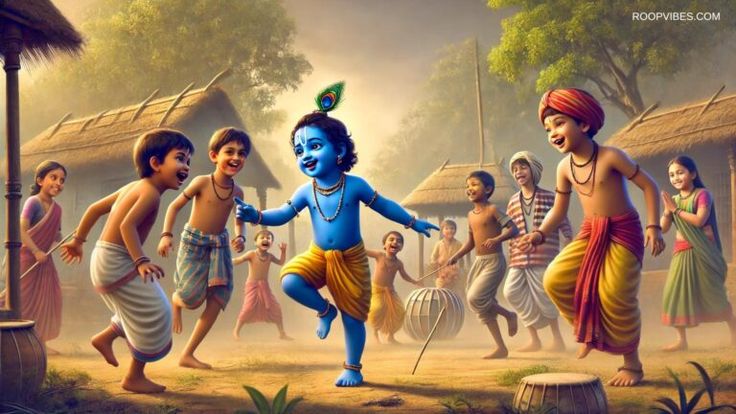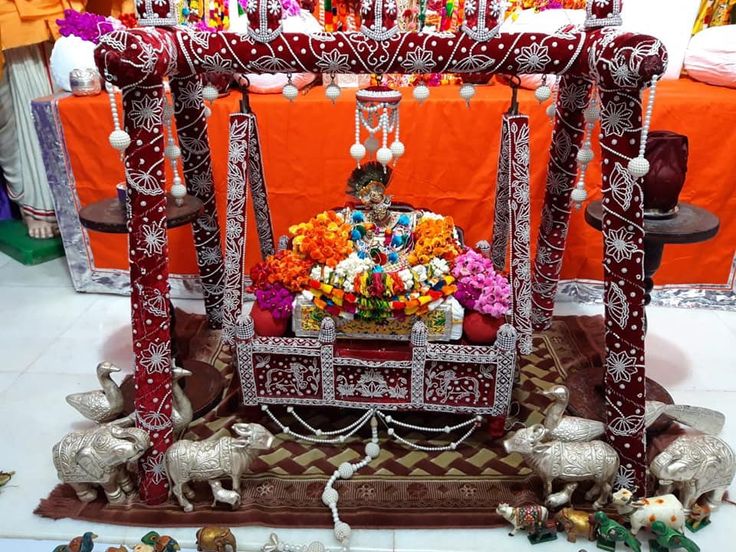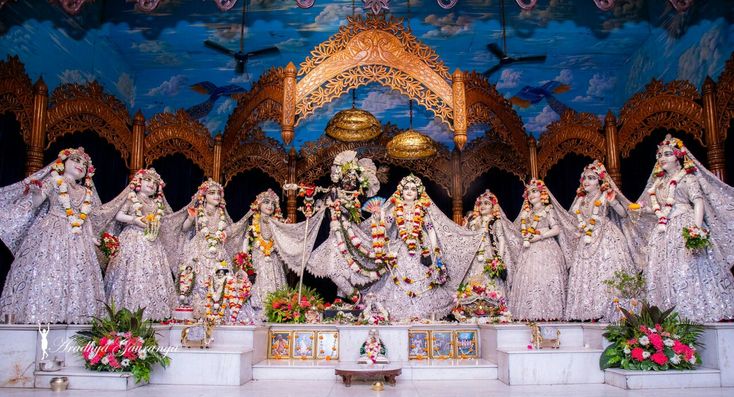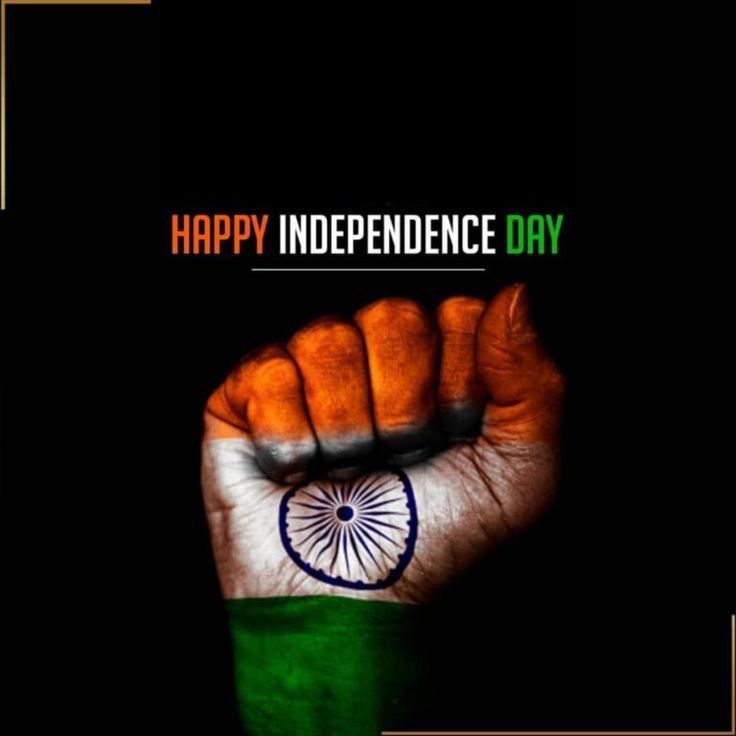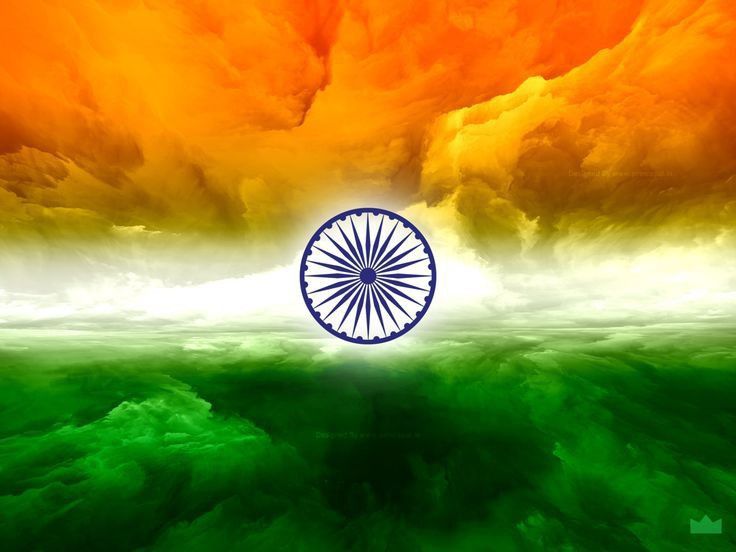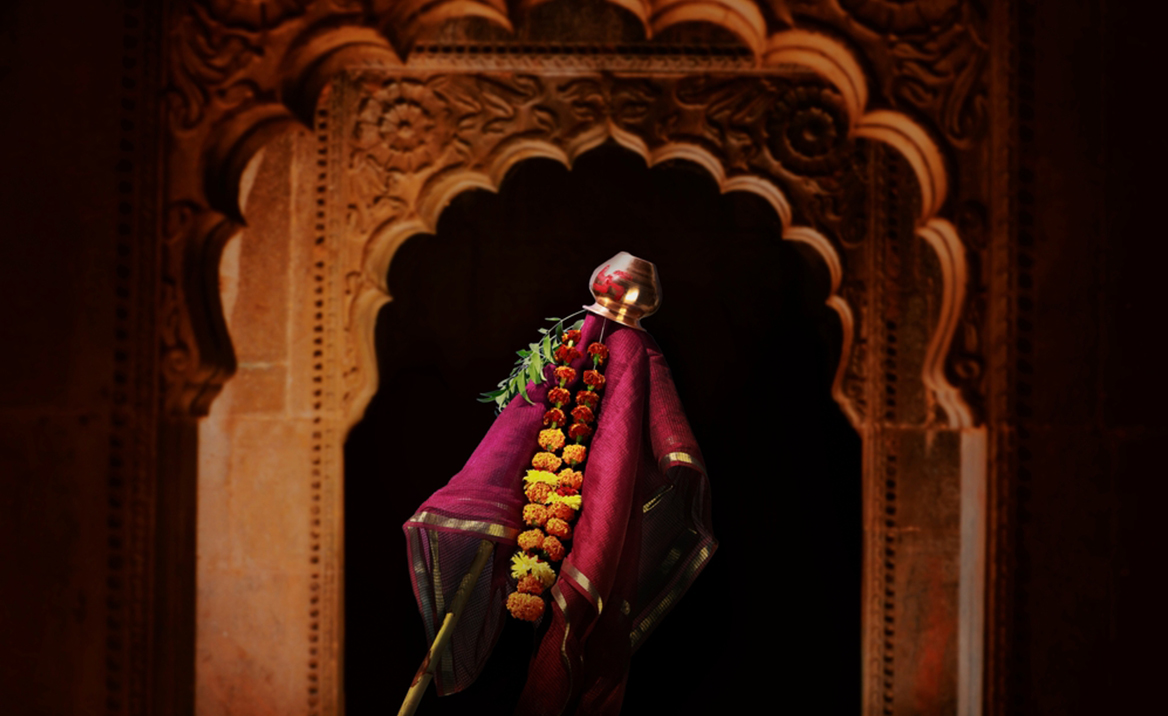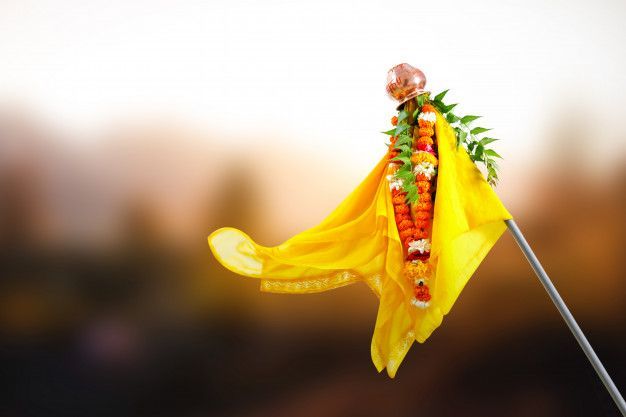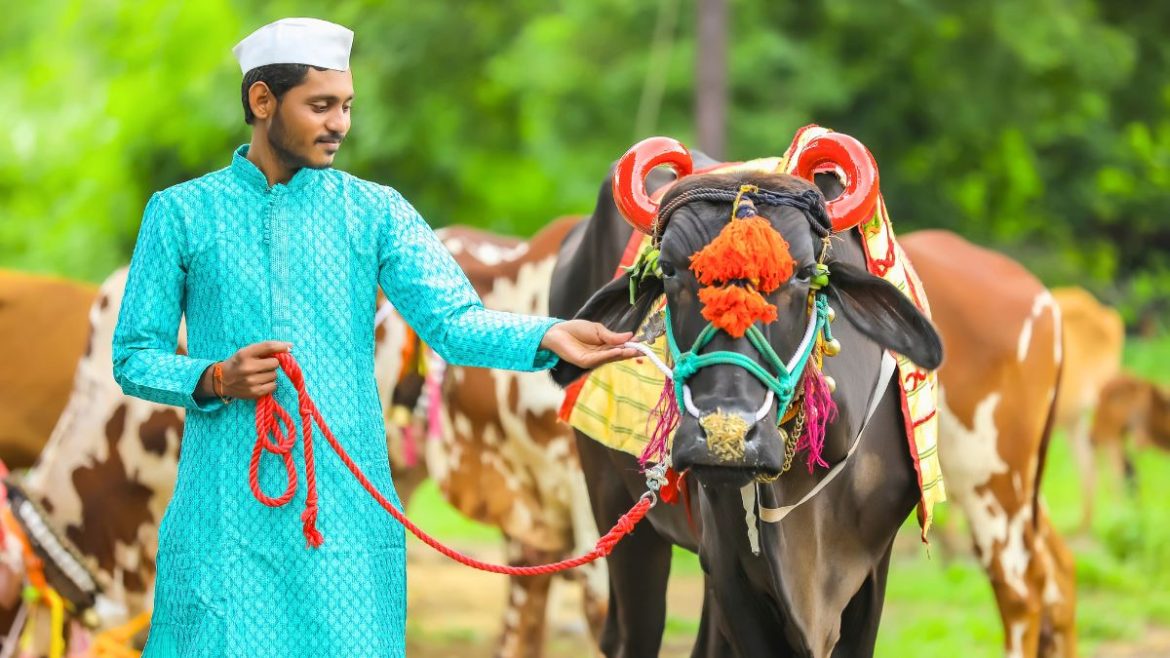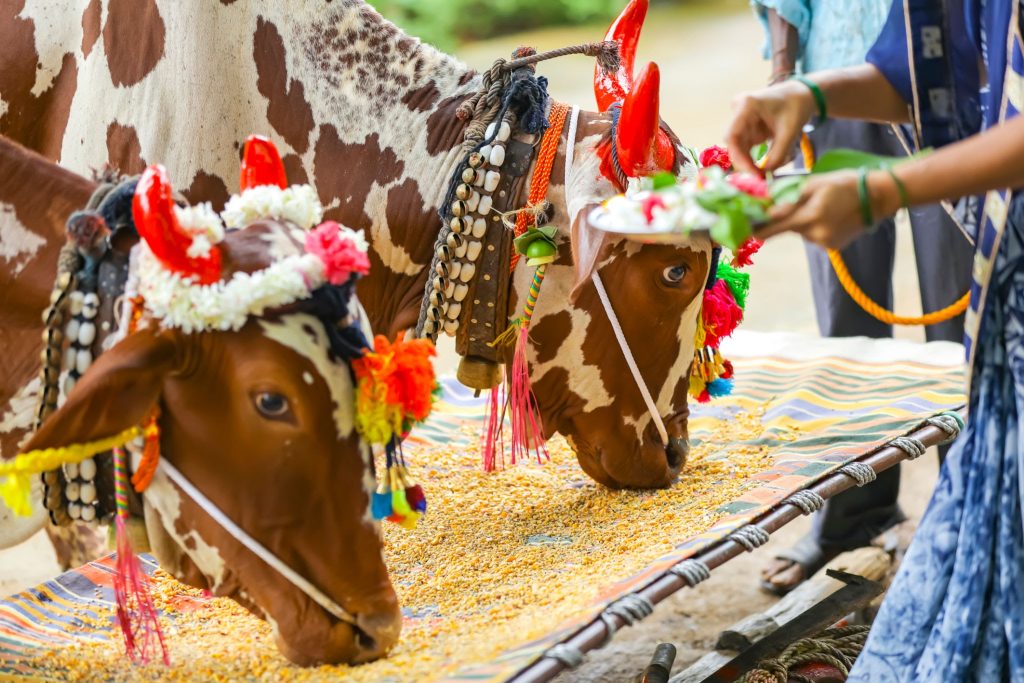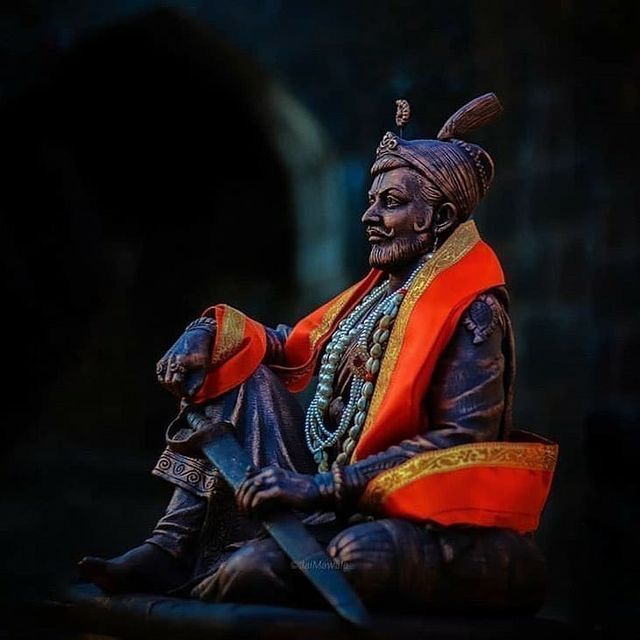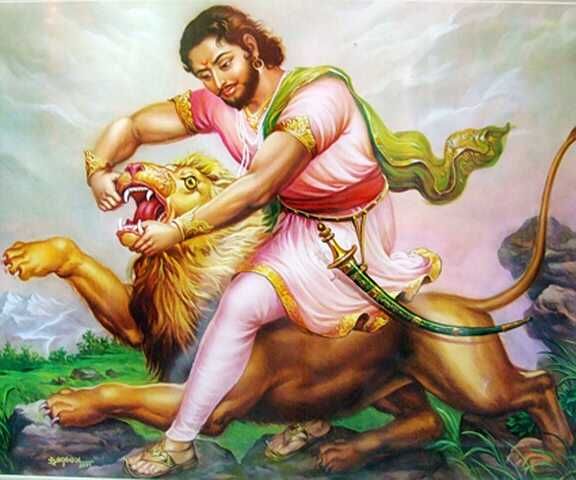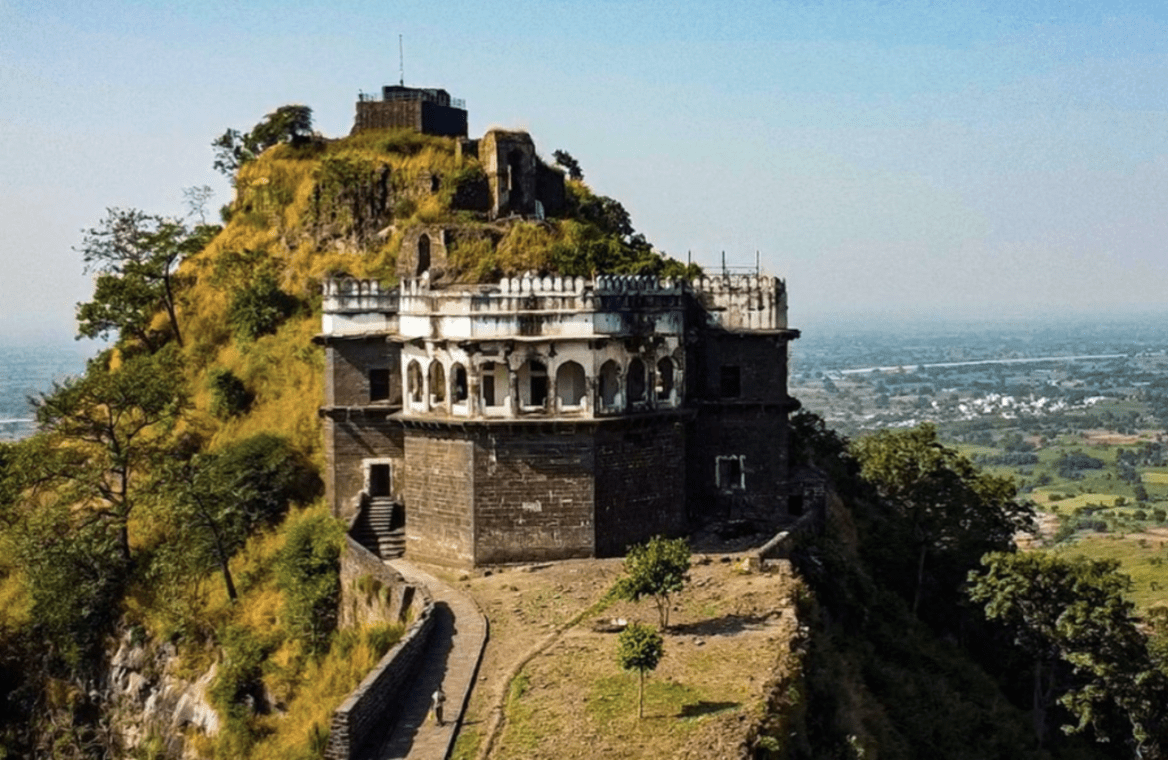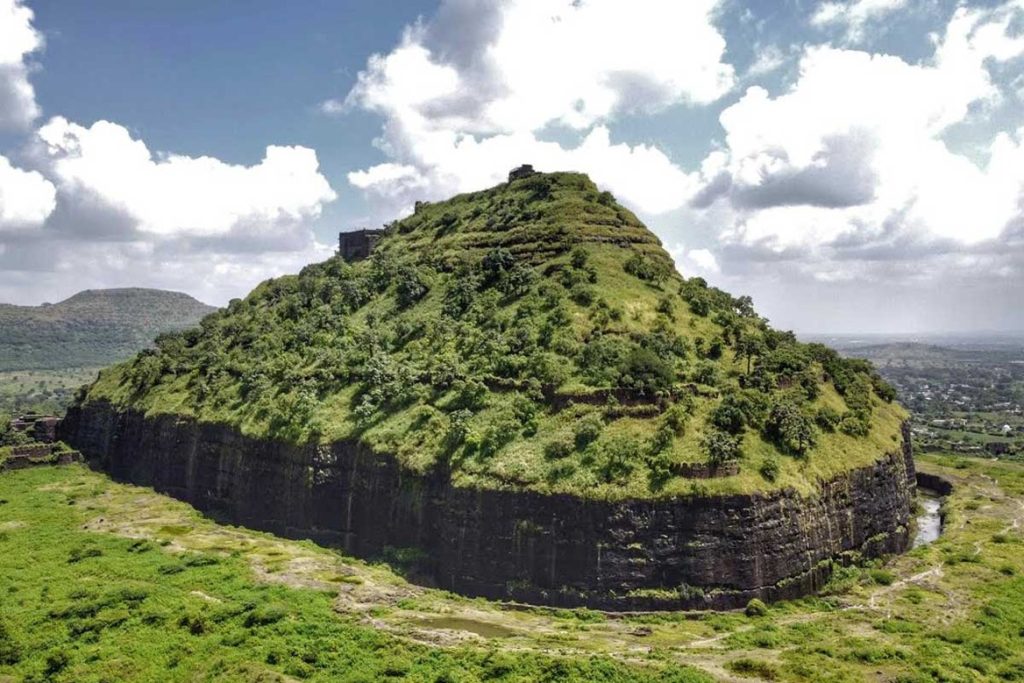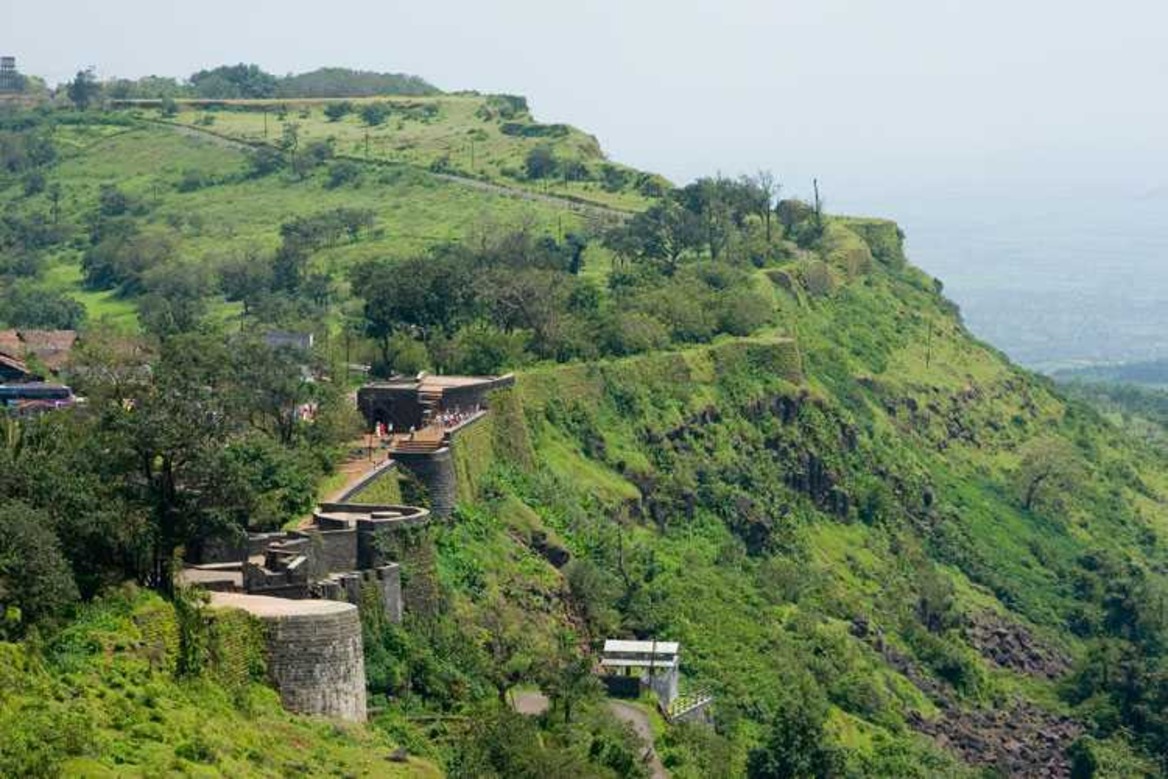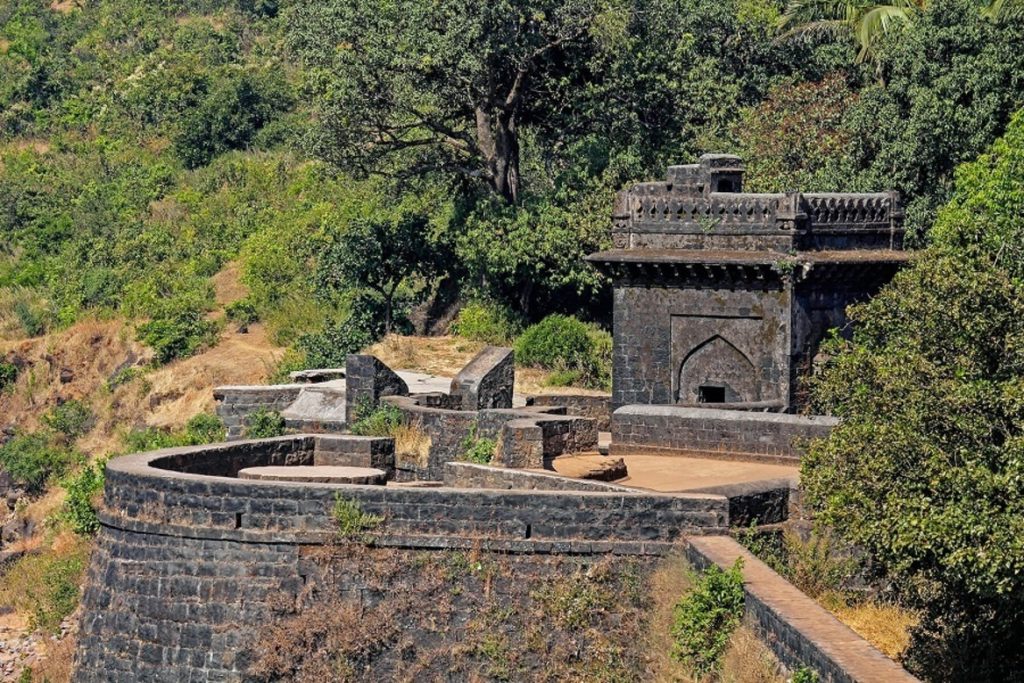Ganoji Rao Shirke was an important figure during the era of Chhatrapati Sambhaji Maharaj. He was known for his very close relationship ties with the Bhosale Family. He was the brother of Maharani Yesubai. The Wife of Chhatrapati Sambhaji Maharaj. Though he was close to the Maratha Empire, his history is quite controversial. Some of the sources describe him as a loyal noble person who sacrificed for the Maratha Empire. While few claim he played a part in the capture of Chhatrapati Sambhaji Maharaj by the Mughal forces.
Ganoji Rao Shirke in the Maratha Empire
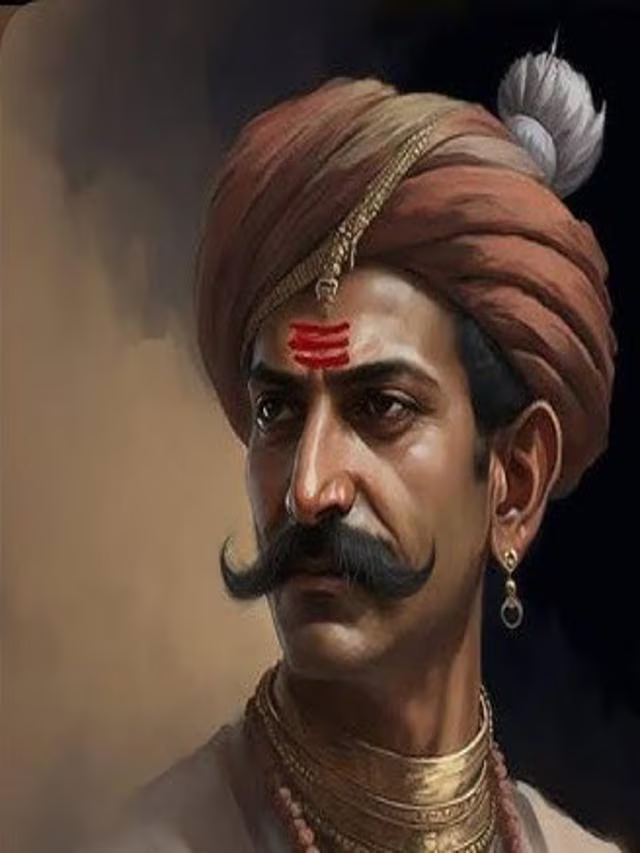
Ganoji Rao Shirke belonged to an influential noble family and held an esteemed position in the Maratha court. He was the minister in the Maratha Court. His association with Chhatrapati Sambhaji Maharaj was both political and familial. However, historical records suggest that he betrayed the Maratha Empire during the crucial period of Maratha History. He was the Younger son of Pilaji Rao Shirke the brother of Maharani Yesubai Saheb and Brother in Law of Chhatrapati Sambhaji Maharaj. He had married Maharani Rajkunwarbai, the daughter of Chhatrapati Shivaji Maharaj.
Ganoji Rao Shirke Village Name and His Influence
Ganoji Rao Shirke Village Name is Tulapur. It is historically important because of its association with the capture of Chhatrapati Sambhaji Maharaj. He had a great influence in his region. Many local accounts still narrate stories of his influence in the region. The Ganoji Rao Shirke village name Tulapur, is said to be a very beautiful place. People of this village respect and honor him.
The Betrayal of Chhatrapati Sambhaji Maharaj
During Aurangzeb’s fight for capture of the Maratha Empire, internal conflicts led to the weakening of the empire. One of the most controversial and debated topic is the role of Ganoji Rao Shirke in the capturing of Chhatrapati Sambhaji Maharaj. His alleged role in helping the Mughal forces to capture Chhatrapati Sambhaji Maharaj is the most talked topic. Some historians argue that his knowledge of Maratha strategies contributed to the eventual capture of Chhatrapati Sambhaji Maharaj in 1689.
What Happened to Ganoji Rao Shirke After the Capture of Chhatrapati Sambhaji Maharaj?
After Chhatrapati Sambhaji Maharaj was captured immorally by Aurangzeb, the fate of Ganoji Rao Shirke took a downward turn. All the promises which Aurangazeb made to him were not fulfilled by Aurangzeb. Instead, he was living as a traitor. He lost the trust of Marathas. He was considered as a traitor by them. His influence declined in the areas where he was respected and followed. His position as a minister in the Maratha Court was taken away. He started living in the Mughal camp.
Chhatrapati Rajaram Maharaj was the new Chhatrapati of Marathas. As Chhatrapati Rajaram headed towards the Mughal empire. Marathas started exacting revenge. Santaji Ghorpade in late 1689 attacked and killed Mughal general Mukkarab Khan who had treacherously captured Chhatrapati Sambhaji Maharaj in a battle at Sangameshwar. Later the Mughals started a siege towards Jinji. During this period he promised Chhatrapati Rajaram to help him but in return he still demanded watan.
The administrator of Dabhol Shringarpur, Shri Khando Ballal Chitnis handed over Watan to Ganoji Rao Shirke. He expressed his shame for helping the mughals for the capture of Maharaj. Still he did not hesitate to takeover watan. Later he helped helped Chhatrapati Rajaram Maharaj to reach Sinhagad Fort.
After Effects of the events
Today, his name remains a debated historical figure. It only in the history that what actually happened during that period. Though these actions created a temparoray downfall of maratha forces. But eventually Marathas managed to overcome this under the rule of Maharani Tarabai and later under Chhatrapati Shahu Maharaj.
The story of Ganoji Rao Shirke and his connection with Chhatrapati Sambhaji Maharaj highlights the complexity of Maratha history, where loyalty and betrayal were often intertwined in the struggle for power.

